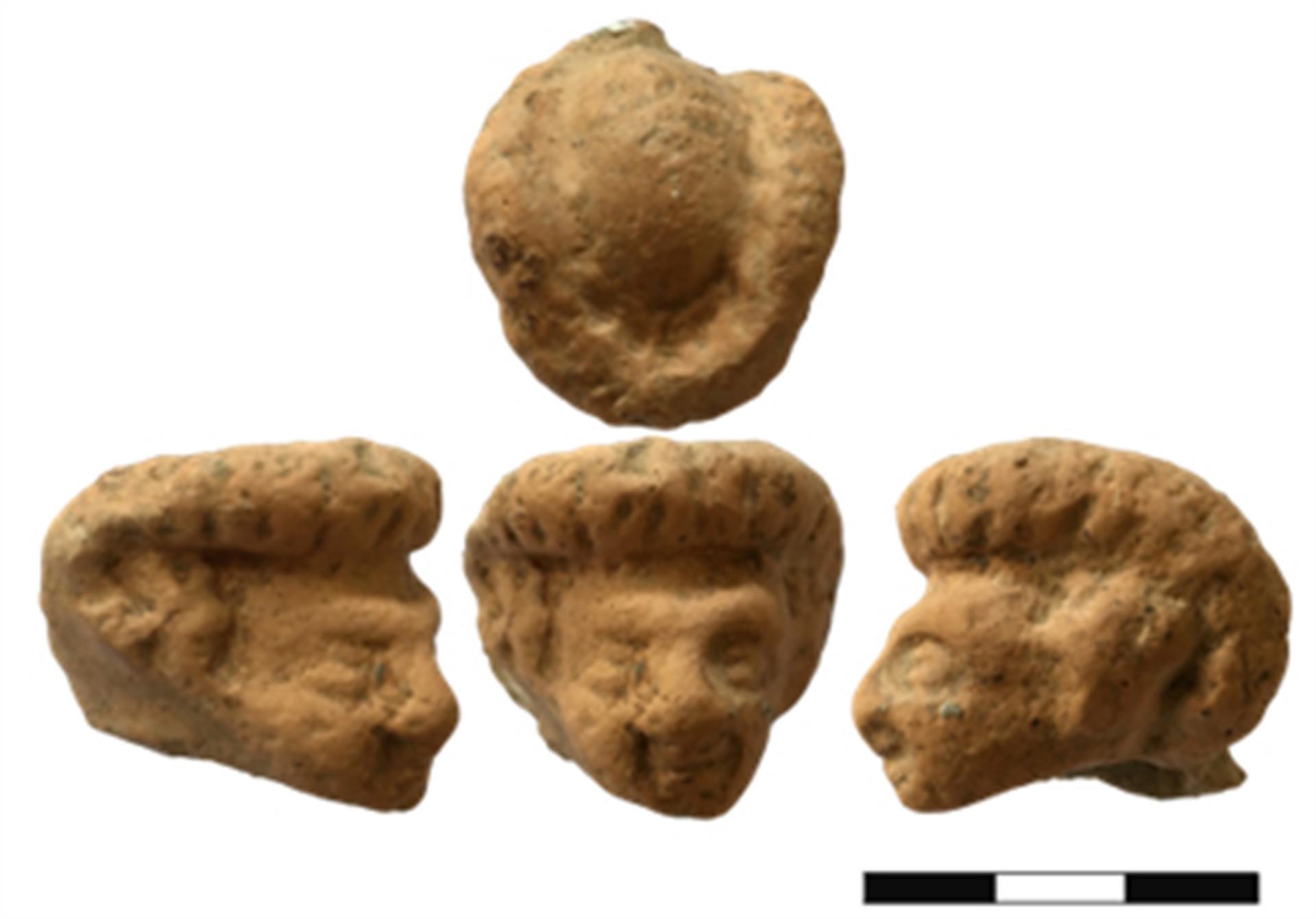
Popular artists had fans in antiquity too. Fans made figurines out of baked clay to pay homage or show their admiration to the artists of the time thousands of years ago, archaeological excavations in the Aegean province of İzmir’s ancient theater of Smyrna have revealed.
The Smyrna Theater, which was built in what is today called İzmir and covered with soil over 1,500 years ago, is now being excavated and shedding light on the social, cultural and political life of the period.
A team of Dokuz Eylül University (DEU) has been continuing excavations in the ancient city, which is nearly 2,400 years old, with the permission of the Culture and Tourism Ministry.

The team has so far reached the city’s theater on the slope of Kadifekale Castle and found human figurines made of baked clay there.
It was determined that the figurines were likened to the popular artists of the period, who played games in the ancient theater, and as an expression of admiration they were kept in the Smyrna Theater.
Speaking to the state-run Anadolu Agency, the head of the excavation team in the ancient city of Smyrna, Akın Ersoy, said the last chain of İzmir’s 8,000-year-old settlement history was formed by the slopes between Kemeraltı and Kadifekale.
Stating that the theater, which has a capacity of 19,000 people, was built in the 3rd century B.C., and served for 700 years, Ersoy said it hosted games and religious rituals during this period.
He said that they initiated the excavations in the theater in 2012 and reached the first steps, adding that the competition between the cities was reflected in the splendor of the buildings, and the Smyrna Theater was as big as the nearby Ephesus Theater.
Ersoy explained that the social, cultural and political life of the period was revealed with the emergence of the structural features of the theater.
“This is a theater, where games are played. We found a lot of figurine fragments in archaeological excavations. Figurines are related to actors in the games. Obviously, these figurines were hid by their fans the way people hide pictures of football players and artists they love in our time. These kinds of figures can be found in theaters. People wanted to hide the memories of their loved ones because there was obviously no photography at that time. For example, on the walls of the Smyrna Agora are the names of the gladiators as well as their names. Obviously, there were groups who love them. We can say that there was a fan club,” he said.
Ersoy said that the figurines were delivered to the museums just like the other artifacts found in the theater.
Ersoy said they found in the historical documents that the Smyrna Theater also hosted meetings and religious rituals, adding that İzmir was one of the cities home to the first Christian groups.
He noted that one of the seven St. Jean churches in western Anatolia was in İzmir, and that St. Polycarp, who was one of the leaders of Christian groups, lived in the region in the 2nd century A.D.
He said that historical documents reported that he prayed in the Smyrna Theater, too, and added, “In the period of Paganism, there were gods that the Romans believed in the 2nd century B.C. In the case of famine, they prayed to their gods, but famine continued. They wanted St. Polycarp to find a solution. Then he came to Smyrna Theater to make his prayer here.”
Smyrna Theater
The most comprehensive information about the ancient theater can be obtained from the plans, drawings and studies of Austrian architects and archaeologists Otto Berg and Otto Walter, who conducted research in the region in 1917 and 1918. According to their reports, the remains of the theater carry the characteristics of the Roman era.
Ancient sources claim that St. Polycarp was killed in this theater during the early ages of Christianity, in the pagan period of the Roman era, suggesting the theater had witnessed many instances of tragedy in its history.
After works are completed, the site will be accessible to those visiting the Konak, Alsancak, Karşıyaka and Bornova districts of the province. The renovated theater will host shows and concerts.